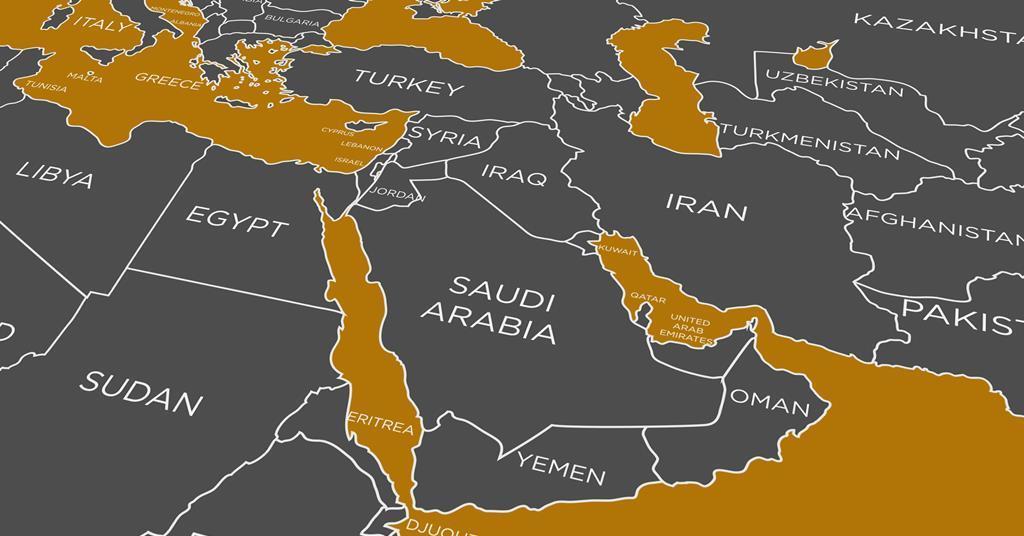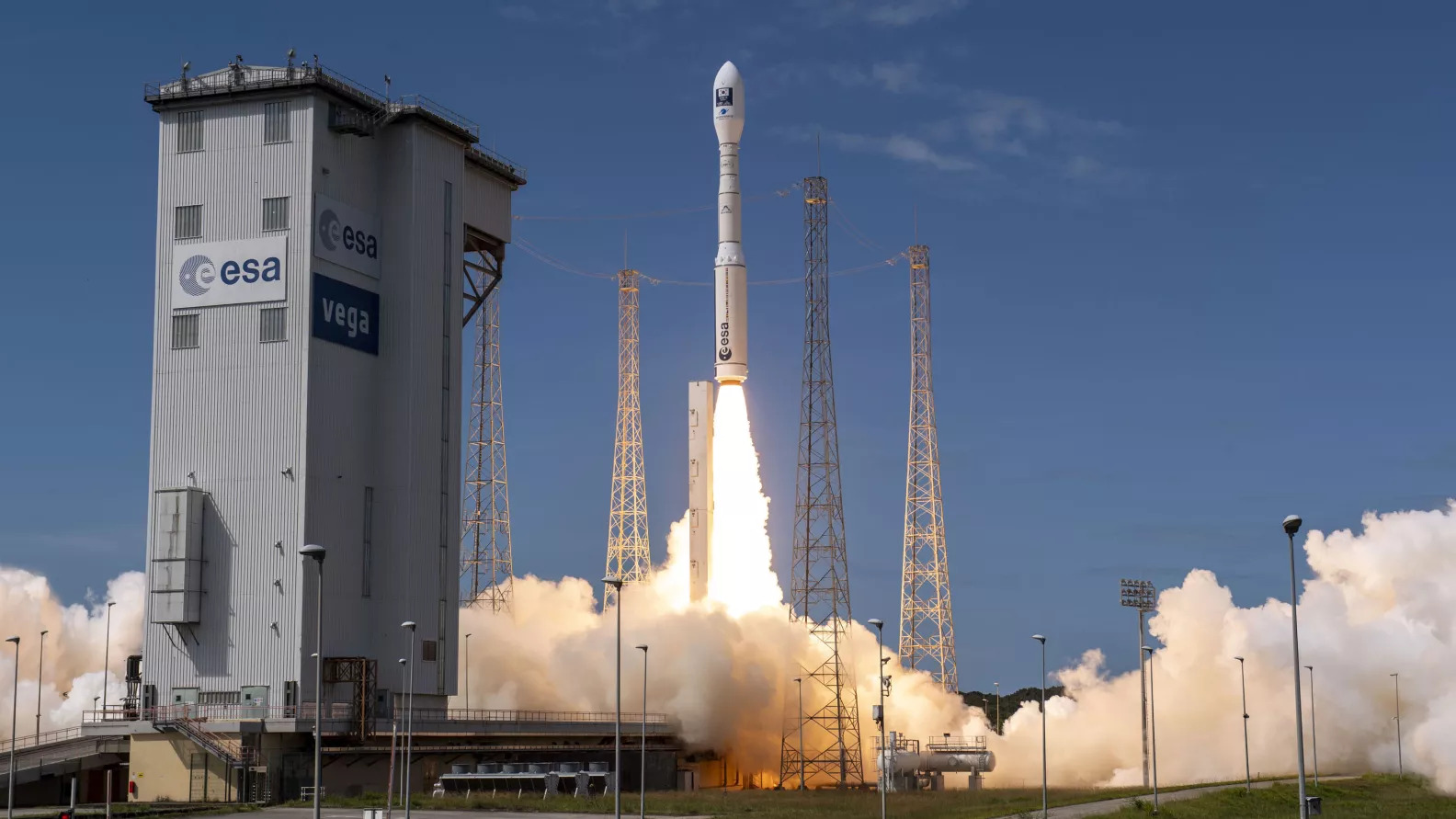
Middle East Map (ibc.com)
La conflictualité actuelle au cœur du Moyen-Orient reste complexe, tant l’espace géographique, politique, culturel, religieux et social est traversé de courants contradictoires et d’interférences, aussi bien internes qu’étrangères. D’où l’intérêt de ce point de vue différent et donc utile pour mieux appréhender les ressorts d’une crise ancienne, profonde et durable.
Conflicts within the Muslim World as a Threat to Stability and Security in the Middle East (T 1255)
The current conflict in the heart of the Middle East remains complex, as the geographical, political, cultural, religious, and social space is crossed by contradictory currents and interference, both internal and foreign. Hence the interest of this different and therefore useful point of view to better understand the springs of an old, deep, and lasting crisis.
Against the background of a slight decrease in tension between Israel and the Arab countries after the signing of the peace agreements between Jerusalem, Abu Dhabi and Manama, the aggravation of relations within the Muslim world is becoming increasingly noticeable between the two main branches of Islam: Sunnism and Shi’ism.(1) Antagonism between the Sunnis and the Shiites arose back in the seventh century AD; lengthy and bloody wars between them ended in favour of the Sunni majority. The Shiites, along with adherents of smaller, affiliated branches of Islam, make up only approximately 15 % of the total number of Muslims, the remaining 85 % being Sunnis. Only Iran, Iraq and Bahrain have Shiite majorities, whereas in the other States of the region Shiites have been reduced to denominational minorities.(2)
One would have thought that religious wars could be now consigned to the distant middle ages, a thing of the past millennium, and that dissension between Muslims could now be addressed through theological disputation and seen in historical context. However, the longstanding feud and reciprocal enmity between representatives of the principal branches of Islam, once again, as from the close of the nineteenth century, came to the surface and grew more envenomed. This was conditioned by both objective and subjective factors. As the wave of universal “renaissance” of Islam is sweeping all across the world, it is only natural that in this environment, Shiites are striving to obtain equality with their Sunni brethren, who have dominated both government and business for a long time. The celebrated Russian orientalist scholar Georgy Mirsky even posited that “the twenty-first century will go down in the history of Islam as the age of Shia”.(3)
Unfortunately, this process was soon accompanied by aggressive foreign and domestic policies adopted by the leaders of a number of Muslim countries, who in a way politicised Islam and converted it into an ideological weapon, thus artificially kindling inter-denominational dissension to advance the struggle for power, territory and the natural resources of the region.
Il reste 94 % de l'article à lire
.jpg)








